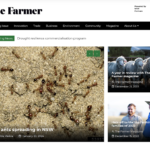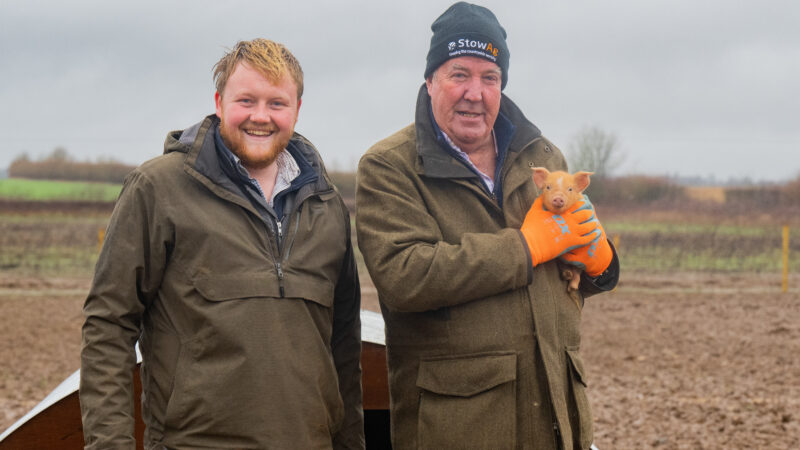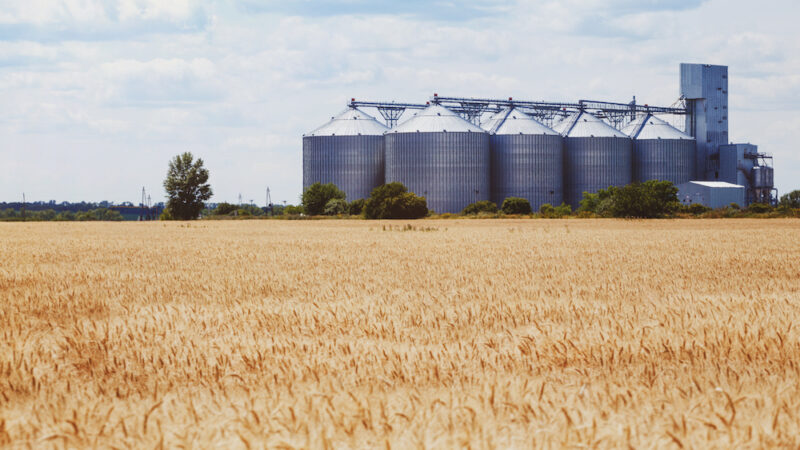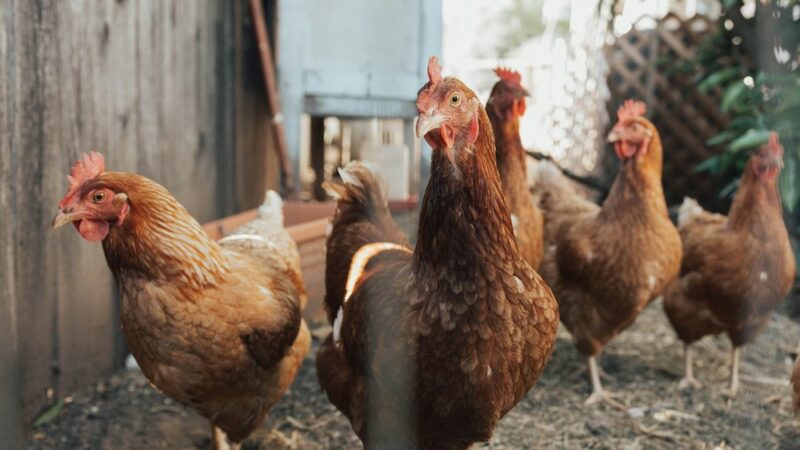Everybody is talking about carbon, but there are few tools actually being provided to those…
New safety guidelines for livestock transport
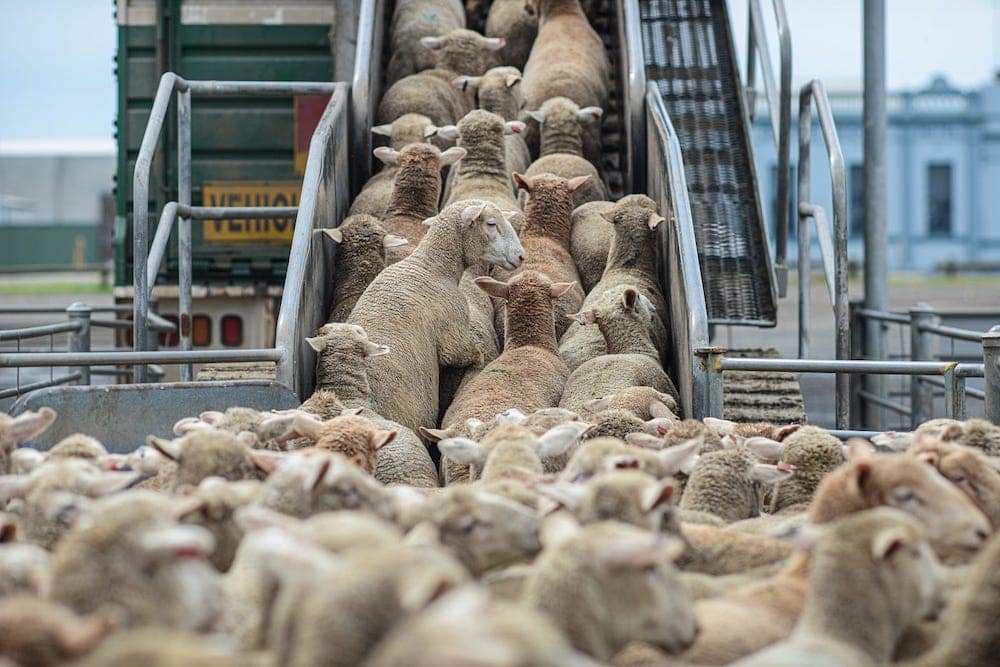
New guidelines aim to improve safety across the livestock supply chain.
The National Heavy Vehicle Regulator (NHVR) has introduced new regulatory advice to improve safety in Australia’s livestock transport sector. The initiative aimed to clear up confusion within the livestock supply chain by clearly defining responsibilities and boosting the overall safety and efficiency of the agricultural industry.
Unlike other transport sectors, the livestock industry was very complex and operated with a high degree of informality, often relying on ad-hoc agreements based on long-standing working relationships.
The scheduling for livestock transport was often dictated by last-minute bookings and deadlines for sales or abattoir operations, creating a dynamic and sometimes chaotic working environment.
Drivers and other industry participants often performed multiple roles under challenging conditions. For example, they regularly spent extra hours on chores such as cleaning stock crates of effluent for biosecurity, animal welfare, and road safety. There was also the regular need to queue for wash bays, causing excessive delays that seriously impacted drivers� wellbeing by cutting into their work � as well as their rest � time.
Proper preparation, safe transport, loading, unloading, and management of livestock during transit necessitated the collaboration of multiple parties, each offering specific services or workers with specialised skills.
NHVR’s Chief Safety and Productivity Officer David Hourigan acknowledged the livestock industry as being highly unique, as well as �dynamic.�
�Scheduling is often dictated by immediate needs like upcoming sales or abattoir scheduling,� Mr Hourigan said.
�There are additional challenges, like the need for thorough cleaning of stock crates, which not only affects biosecurity and animal welfare but can also contribute to significant delays for drivers, impacting their rest and overall fatigue management.�
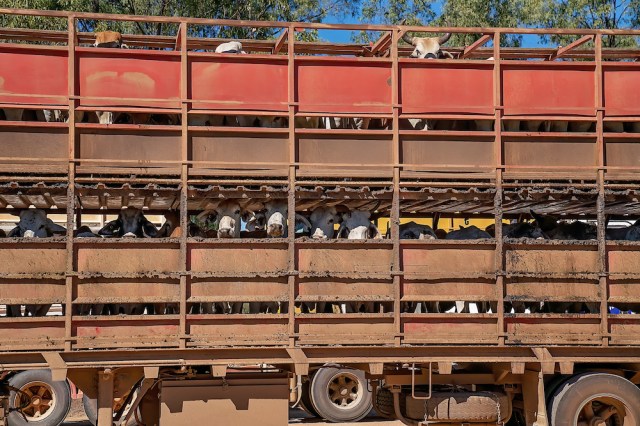
In 2022, the NHVR began a review of the state-based heavy vehicle livestock loading arrangements to find opportunities to minimise the compliance burden on livestock transportation. The review also aimed to simplify cross-border transport and improve last-mile access on local government roads, and improve safety, productivity and efficiency for the livestock transportation industry.
On the back of this review, the new regulatory advice had been designed to bridge these gaps and make sure everyone involved in the process � from primary producers to transport operators to facility owners to stock agents � were fully aware of their responsibilities.
It was believed the new regulatory guidance would improve safety and clarify the Heavy Vehicle National Law (HVNL) primary duty and Chain of Responsibility (CoR), focused on specific topics or industry sectors.
NSW Farmers Policy Advisor David Tregenza said the new regulatory guidance was a positive move.
�This advice represents a positive move in establishing a framework that will clear up confusion in the livestock supply chain by making it clear where the responsibility lies and who has responsibilities for important items such as biosecurity and others.�
David Tregenza,NSW Farmers Policy Advisor
�The regulations will undoubtedly help improve the overall safety and efficiency of the agricultural industry.�
The NHVR�s Regulatory Advice provided critical information to assist the livestock industry in several areas:
- Clarifying who within the livestock industry is a party in the CoR and what they need to do to meet their HVNL obligations.
- Understanding the risks associated with livestock transport activities.
- Identifying how collaboration between CoR parties can help manage risks.
- Understanding what each CoR party should do to manage risks.
- Ensuring that each party is doing everything reasonably practicable to maintain safety.
The NHVR Regulatory Advice also provided helpful educational material intended to raise awareness among livestock industry workers who might be unaware that their actions or inactions could affect the safety of livestock transport.
For more information visit: https://www.nhvr.gov.au
If you enjoyed this piece, you may like to read about how the Future Gas Strategy will reduce global emissions.



